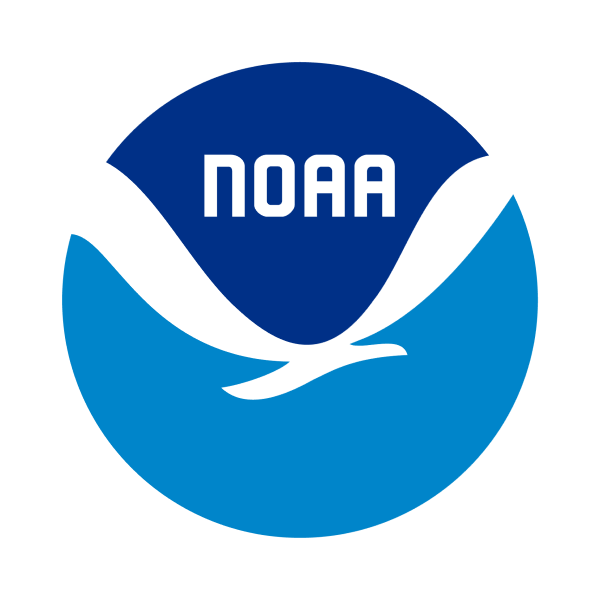New NOAA reports sum up the state of science on entanglement and ingestion.
AUGUST 8, 2014 -- The NOAA Marine Debris Program, in partnership with the National Centers for Coastal Ocean Science, published reports today that assess the current state of science on two marine debris impacts: ingestion and entanglement. The reports examine existing scientific literature to determine what we know about these impacts, as well as gaps in knowledge and how they may be addressed.Reports
Entanglement of Marine Species in Marine Debris with an Emphasis on Species in the United States From reports in the United States, at least 115 marine species are impacted by entanglement, including mammals, turtles, birds, fish, and crabs. Most marine debris entanglement reports involved pinnipeds, particularly northern fur seals and Hawaiian monk seals, as well as sea turtles. Worldwide, at least 200 species are impacted. Occurrence of Health Effects of Anthropogenic Debris Ingested by Marine Organisms An estimated 26 marine mammal species, including toothed whales, manatees, and multiple seal species, as well as all sea turtle species have been confirmed to ingest marine debris. Over one-third of sea bird species ingest plastic. Research to-date has characterized the types, sources and impacts of ingestible debris, yet the overall effects on animals remain poorly understood.
 An official website of the United States government.
An official website of the United States government. 
